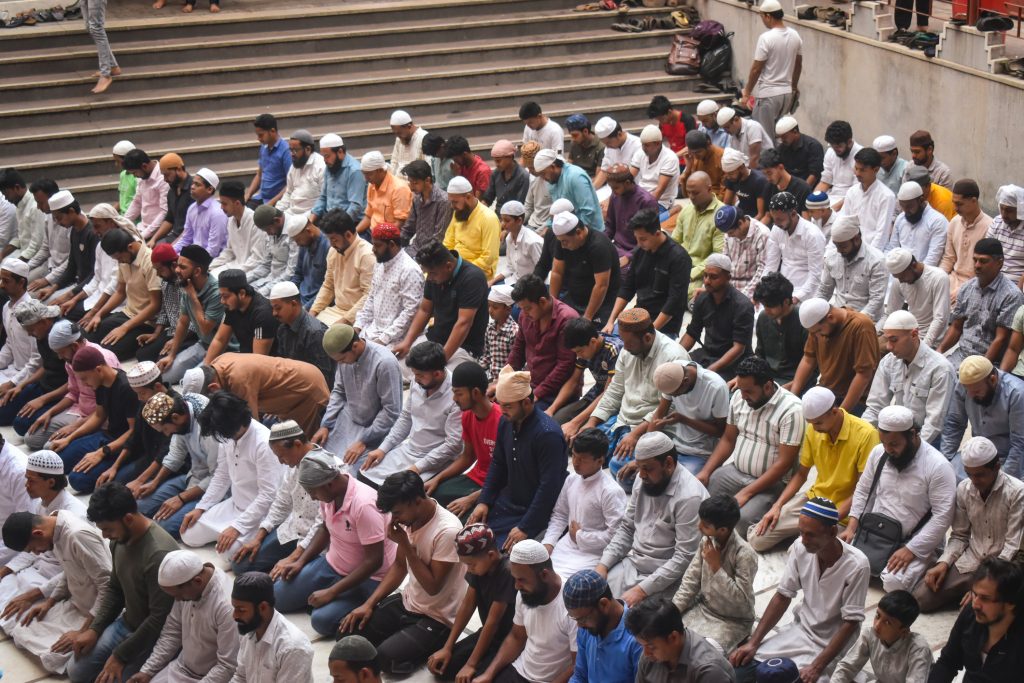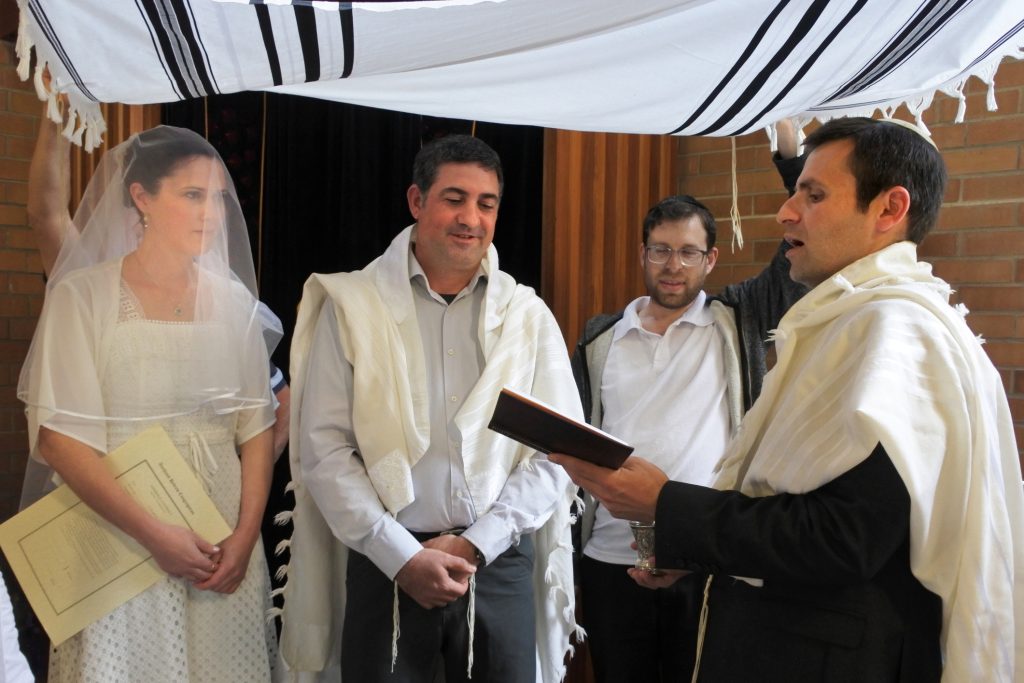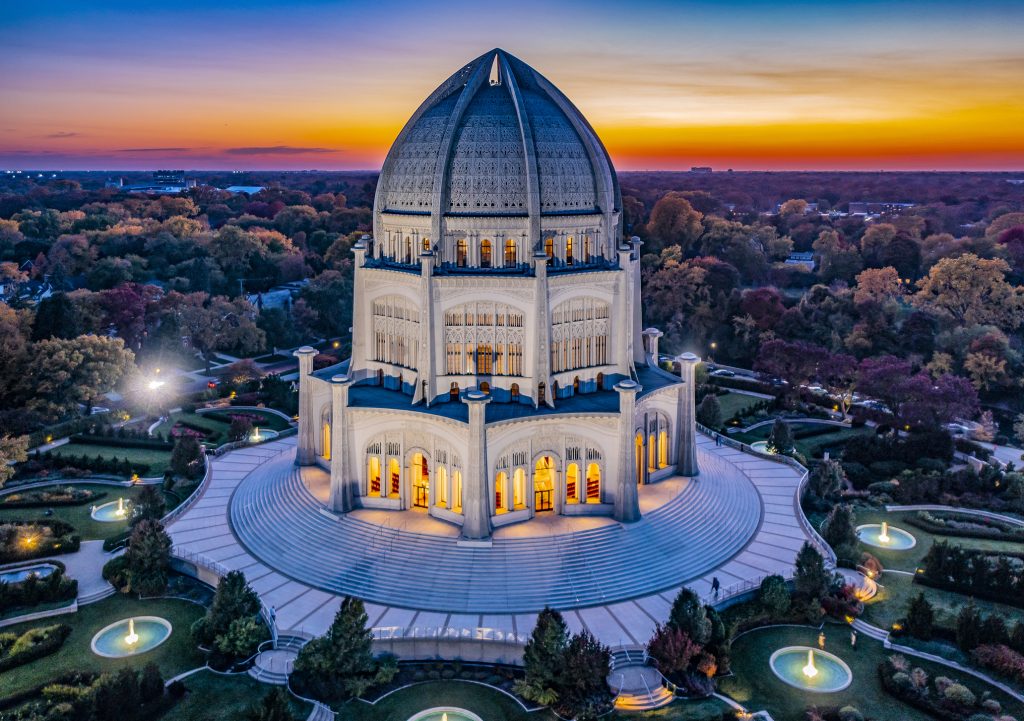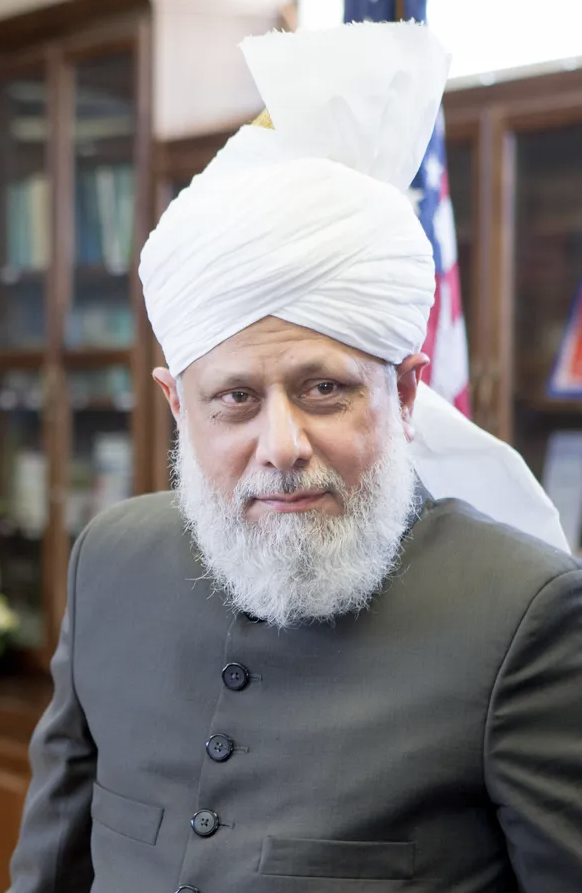
Akif Tahiiev is a post-doctoral research fellow at Goethe University Frankfurt. This post is based on his presentation at the ICLRS 32nd Annual International Law and Religion Symposium, 7 October 2025, at Brigham Young University’s J. Reuben Clark Law School.
The post is a part of the Religious Law and Human Rights series.
One of the most significant challenges facing contemporary religious systems is the regulation of the rights of religious minorities. Legal systems approach this issue in varied ways, reflecting differences in political philosophy, historical development, and religious traditions. Some states adopt closed-list strategies, explicitly enumerating the communities entitled to recognition. Others employ more universalist frameworks, whereby secular law applies to all, but recognized groups are granted additional rights, most often in areas such as personal status. These divergent approaches shape not only the rights afforded to minorities but also the mechanisms through which exclusion is enforced.
In many Muslim-majority countries, the scope of recognition is defined by Islamic categories, particularly the doctrine of ahl al-kitāb (“People of the Book”). Historically, Jews, Christians, and at times Zoroastrians were afforded protections under Islamic governance. This theological legacy has persisted in modern constitutions, where these groups are often formally recognized while others are denied legal status. Alongside this model of exclusion by omission, another form of exclusion operates: groups that self-identify as Muslim but are deemed heretical are subject to exclusion by redefinition.
This post examines two case studies of exclusion within religious legal systems that follow distinct logics of non-recognition and de-recognition. The Bahá’ís of Iran and the Ahmadis of Pakistan, respectively. Together, these cases demonstrate how states translate theological boundaries into legal categories, exposing the profound entanglement of law, politics, and religion in determining who qualifies as a legitimate religious community.
Recognition Regimes in Religious Legal Systems
Some countries with religious legal systems maintain secular laws that generally apply to all citizens, while particular communities are granted additional recognition in the form of religious jurisdictions. India provides a prominent example: all citizens are subject to the secular constitution, yet Muslims and Hindus are governed by distinct personal laws in matters such as marriage and inheritance. Individuals outside the major traditions may fall back on secular civil law, which prevents their complete exclusion.

In contrast, many states explicitly designate which religious minorities are recognized, leaving those outside the approved categories to face legal difficulties ranging from bureaucratic obstacles to outright persecution. The Iranian constitution, for instance, names Jews, Christians, and Zoroastrians as legitimate religious minorities, granting them limited parliamentary representation and freedom of worship. Yet the same framework excludes the Baháʼís and Mandaeans, who consequently cannot obtain identification documents, enroll in universities, or own communal property. Lebanon operates a similar but more pluralized system: Its confessional political order recognizes 18 religious groups—5 Muslim, 12 Christian, and 1 Jewish—each vested with authority over personal status law and guaranteed representation in state institutions. However, individuals outside these 18 officially recognized sects effectively lack access to legal marriage, inheritance mechanisms, and political participation.
Other examples further illustrate this model. In Egypt, Christians and Jews are recognized, but Baháʼís and Jehovah’s Witnesses are excluded. Pakistan recognizes Hindus, Sikhs, Christians, Parsis, and Buddhists but excludes Ahmadis (from Islam) and subjects them to criminal restrictions. Israel represents another variation, recognizing specific religious communities—Judaism, Islam, the Druze, and certain Christian denominations—each with jurisdiction over personal status matters. Individuals who do not fit into these categories, including secular Israelis or members of unrecognized sects, cannot marry domestically; however, they may marry abroad and register their foreign marriage with the Israeli Ministry of the Interior for it to be legally recognized. A similar situation exists in Indonesia, where the state officially recognizes six religions—Islam, Protestantism, Catholicism, Hinduism, Buddhism, and Confucianism—thereby effectively requiring all citizens to adhere to one of them to enjoy certain state benefits, such as legal recognition of marriage.

Religious Minorities in Muslim Societies
The grounds for identifying majorities and minorities vary across contexts. In many Western countries, cultural or ethnic markers, combined with sociopolitical factors, often determine majority and minority status. By contrast, in many Muslim societies, both historically and today, religious affiliation has remained the primary axis of differentiation. This religious structuring of identity underlies the manner in which recognition is granted or withheld in modern Muslim-majority states.
The distinctive pattern of minority recognition in contemporary Muslim-majority countries cannot be understood without reference to the classical Islamic concept of ahl al-kitāb, or “People of the Book.” In Qur’anic usage, the term refers primarily to Jews and Christians, communities regarded as recipients of earlier divine revelations. The Qur’an also mentions the Magians (al-Majūs), generally interpreted as Zoroastrians, though their status was debated. Over time, Islamic jurists extended this category to Jews, Christians, and Zoroastrians, permitting them to practice their faith under Muslim rule. The rationale was both theological, acknowledging partial revelation, and pragmatic, allowing Muslim empires to govern large non-Muslim populations without resorting to forced conversion.
Pragmatic extensions were especially notable in South Asia under the Hanafi school, where Hindus, Buddhists, and Jains were treated “like People of the Book” on the basis of their ancient scriptures. This adaptation enabled the Mughal Empire to incorporate vast populations into the Islamic legal order. Pakistan later inherited this Hanafi tradition, extending recognition to Hindus and Sikhs alongside Christians and Parsis.
Modern constitutions carry forward this doctrinal lineage in diverse ways. Iran explicitly recognizes Christians, Jews, and Zoroastrians but excludes the Baháʼís. Egypt recognizes Christians and Jews but also denies Baháʼís the ability to obtain identity cards or register marriages. Jordan permits Christian and Jewish communities to maintain their own courts, while excluding Baháʼís. Pakistan recognizes Hindus and Sikhs but constitutionally defines Ahmadis as non-Muslims, subjecting them to restrictions that criminalize self-identification as Muslim. Saudi Arabia represents a more restrictive model, recognizing only Islam and prohibiting even private public practice of Christianity or Judaism. By contrast, as mentioned above, Indonesia recognizes six religions under a nationalist framework that departs from a strict ahl al-kitāb logic.
The overall pattern is clear: recognition almost always extends to Christians and Jews, often to Zoroastrians, and, in South Asia, sometimes to Hindus and Sikhs. By contrast, groups outside the ahl al-kitāb framework, such as Baháʼís, Ahmadis, Jehovah’s Witnesses, and other more recently emerged religious communities, are denied recognition and face severe consequences. What may appear to be arbitrary lists of tolerated minorities are, in fact, the product of a long historical trajectory in which scriptural categories, pragmatic strategies of empire-building, and theological judgments have been codified into modern constitutional law.
Exclusionary Logics in Religious Legal Systems
Exclusion in religious legal systems generally takes two distinct forms. The first is exclusion by non-recognition, in which certain communities fall entirely outside the state’s framework of recognized minorities. Such groups are denied legal personality, access to communal rights, and in some cases even the basic documentation required for civic participation. The Bahá’ís of Iran exemplify this mode of exclusion: they are marginalized not because they once held recognition that was later revoked but because constitutional frameworks almost never incorporated them in the first place.
The second form is exclusion by de-recognition, in which communities initially included within the boundaries of a recognized tradition are subsequently expelled from it by state decree. This strategy often targets intra-religious movements deemed heretical or deviant, reclassifying them not as legitimate branches of a religion but as impostors. The Ahmadis of Pakistan illustrate this dynamic: although they historically identified and were legally recognized as Muslims, constitutional amendments and subsequent legislation stripped them of this identity and criminalized their self-representation as members of the Muslim community.
Exclusion by Non-recognition: The Bahá’ís in Iran
Origins of the Bahá’í Faith
The Bahá’í religion traces its origins to nineteenth-century Iran, emerging from the Shaykhī school of Shiʿi Islam. Shaykh Aḥmad ibn Zayn al-Dīn al-Aḥsāʾī (1753–1826) and his successor Sayyid Kāẓim Rashtī emphasized eschatology and allegorical interpretations of Qurʾānic prophecies. When Rashtī died without appointing a successor, his disciples set out in search of the awaited Mahdī. In Shiraz in 1844, one of them, Mullā Ḥusayn, encountered Alī Muḥammad Shīrāzī, who declared himself the Bāb (“the Gate”) and one of the Manifestations of God.

The Bāb’s movement quickly spread across Iran, attracting followers known as Bābīs. His teachings, understood by adherents as both an independent revelation and a heralding of a greater prophet to come, challenged clerical authority and Qajar Shah rule. After a series of armed conflicts between Bābīs and state forces, the Bāb was executed in 1850. Leadership of the movement fell nominally to Mīrzā Yaḥyā Nūrī (Ṣubḥ-i Azal), though his authority was soon eclipsed by his older half-brother, Mīrzā Ḥusayn-ʿAlī Nūrī, later known as Bahāʾuʾllāh. In 1863, in Baghdad, Bahāʾuʾllāh proclaimed himself He Whom God Shall Make Manifest, the successor anticipated by the Bāb. His followers came to be known as Bahá’ís.
From the outset, the Bahá’í faith positioned itself as both a continuation of and a break from Shiʿi Islam. Its recognition of prophets after Muhammad placed it in direct theological conflict with the mainstream Islamic doctrine of the finality of prophecy. This tension underpinned the persistent charge of apostasy that has shaped the community’s experience in Iran.
Constitutional Framework and Exclusion
The 1979 Constitution of the Islamic Republic of Iran formalized the exclusion of Bahá’ís from recognition as a religious community. Article 13 explicitly states:
Zoroastrian, Jewish, and Christian Iranians are the only recognized religious minorities, who, within the limits of the law, are free to perform their religious rites and ceremonies, and to act according to their own canon in matters of personal affairs and religious education.
This provision grants rights to the three named minorities, including reserved parliamentary seats, while excluding all other groups. As a result, Bahá’ís lack official legal status: They cannot register as a religious community, hold communal property, or operate schools. Their marriages and inheritances are not recognized in court, and they face systematic barriers to higher education and public employment.
The explicit denial of recognition is rooted in the Islamic Republic’s position that the Bahá’í faith is not a religion but a political conspiracy. In December 1978, shortly before the Iranian Revolution, Ayatollah Khomeini was asked whether Bahá’ís would enjoy freedom of religion in a future Islamic government. He replied: “They are a political faction; they are harmful. They will not be accepted.” When pressed further about freedom of religious practice, he answered simply: “No.” This statement has guided official policy ever since. Bahá’ís are framed not as a legitimate religious minority but as heretics or political subversives. Clerical authorities classify them as apostates who must either return to Islam or face persecution.
Exclusion by De-recognition: The Ahmadis in Pakistan
Origins and Early Development
The Ahmadiyya Muslim Jamāʿat was founded in 1889 in Qādiān, Punjab, by Mirzā Ghulām Aḥmad (1839–1908), who claimed to be the Mahdī, the Messiah, and a prophet foretold in Islamic tradition. This claim directly challenged the mainstream doctrine of khatm-e-nubuwwat (finality of prophethood), which holds that Muhammad was the last prophet. While Ghulām Aḥmad’s followers regarded him as a divinely appointed reformer, his critics denounced him as a heretic.
After his death, leadership passed first to Hakīm Nūr al-Dīn (1841–1914) and then to Ghulām Aḥmad’s son, Mirzā Bashīruddīn Maḥmūd Aḥmad (1889–1965), the second Khalīfa. In 1948, shortly after Partition, the community moved its headquarters to Rabwah, Pakistan. Although tensions between Ahmadi and Sunni Muslims had long been marked by polemics and suspicion, they escalated into organized political campaigns for exclusion soon after the founding of Pakistan.
Legal De-recognition
In 1974, under Prime Minister Zulfikar Ali Bhutto, Pakistan’s National Assembly amended the Constitution to declare that anyone who believed in Mirzā Ghulām Aḥmad as a prophet or messiah was not a Muslim. This constitutional amendment transformed a century-old doctrinal dispute over khatm-e-nubuwwat into a legal exclusion. Ahmadis, who had identified as Muslims since the community’s inception, were now formally expelled from the Muslim body politic.
Exclusion deepened under General Zia-ul-Haq’s Islamization program. In April 1984, Ordinance XX amended the Pakistan Penal Code, criminalizing Ahmadi religious practice. It became illegal for Ahmadis to “pose as Muslims,” use Islamic greetings, refer to their places of worship as mosques, or propagate their faith. These acts were framed as outraging the religious sentiments of Muslims. Within days of the ordinance’s promulgation, the community’s fourth Khalīfa, Mirzā Ṭāhir Aḥmad, fled Pakistan and settled in exile in London.

Ahmadis challenged the ordinance in court, invoking Article 20 of the Pakistani Constitution, which guarantees freedom of religion. In 1993, however, the Supreme Court upheld its constitutionality, thereby affirming the state’s authority to police religious identity. Ordinance XX, together with Pakistan’s blasphemy laws, has left Ahmadis vulnerable to imprisonment, disenfranchisement through discriminatory voter regulations, and recurrent mob violence often facilitated by police inaction.
The systematic exclusion of Ahmadis from civil, political, and religious rights in Pakistan has become a focal point of international human rights concern. For example, UN Special Rapporteurs have repeatedly condemned the persecution as violations of freedom of religion, freedom of expression, and even the right to life.
Conclusion
The cases of the Bahá’ís in Iran and the Ahmadis in Pakistan illustrate two distinct yet complementary modes of exclusion produced by religious legal systems. Both groups occupy precarious positions at the margins of their societies, denied fundamental freedoms and subjected to systemic discrimination. Yet the mechanisms by which they are excluded differ, revealing broader logics of recognition in Muslim-majority legal orders. The Bahá’ís represent the paradigm of non-recognition, while the Ahmadis exemplify de-recognition.
Both strategies are underpinned by theological claims—the ahl al-kitāb framework in Iran and the doctrine of the finality of prophethood in Pakistan—but are operationalized through constitutional and legislative instruments. In each case, law functions as the mechanism for enforcing theological orthodoxy, translating disputes over religious truth into civic exclusion. The Bahá’ís and Ahmadis together demonstrate that the line between belonging and marginalization is drawn as much by law as by theology, underscoring that debates over religious freedom are inseparable from the structures of the state itself.
